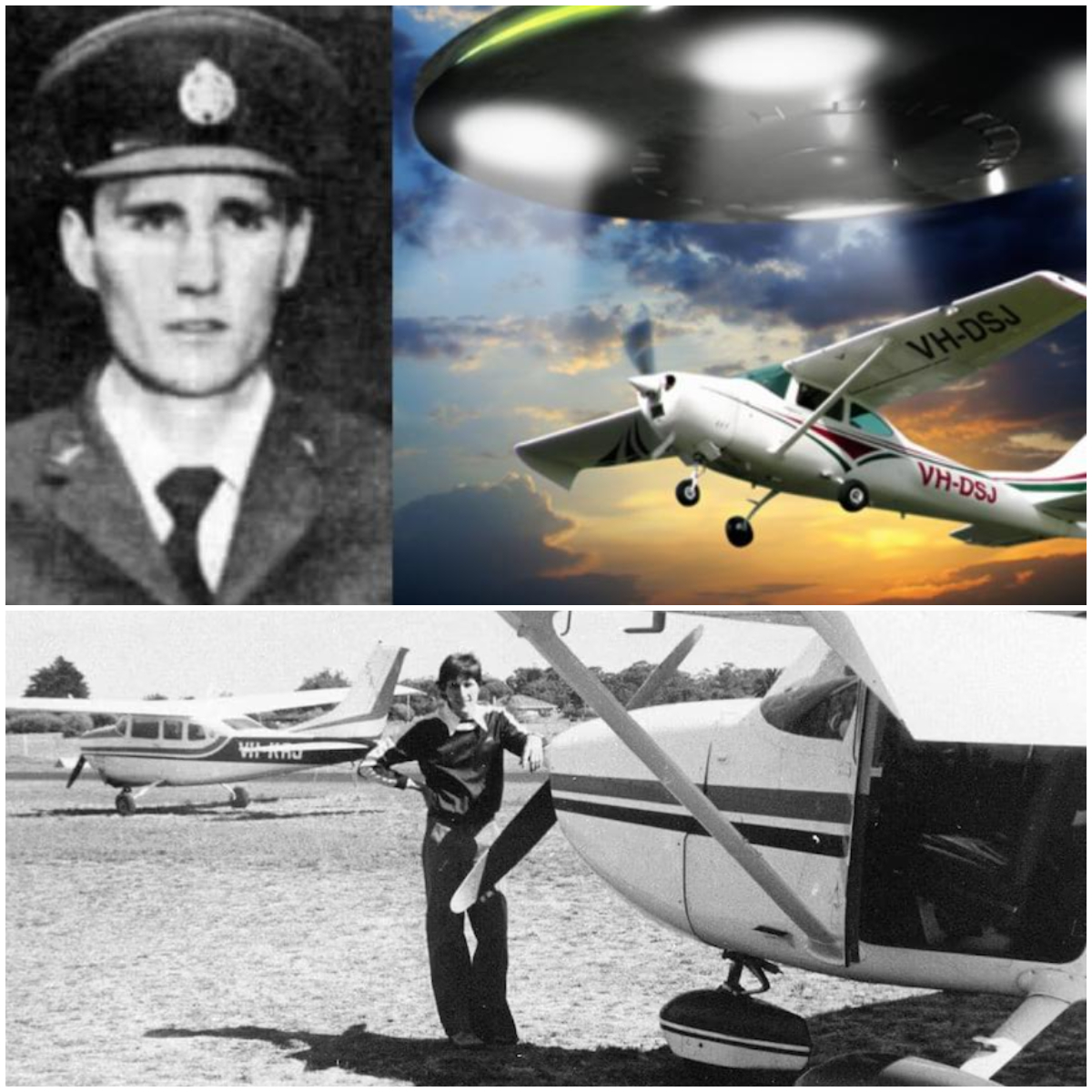The mysterious disappearance of pilot Frederick Valentich, unsolved for 44 years, has left the entire world confused.
In October 1978, Frederick Valentich, a promising 20-year-old Australian pilot, embarked on a 241 km training flight in a Cessna 182L to King Island, an Australian island.

After a few hours of flight, the plane mysteriously disappeared over the Bass Strait, a narrow strip of water located between Australia and Tasmania, in the state of Victoria. Since then, no one has seen Valentich and no one has an explanation for the pilot’s disappearance except for a mysterious radio signal.
Historian Reg Watson has been researching the disappearance for many years and said: “I have been following this case for over three decades and it is truly unusual. I know many people will not believe this but I must say that in my opinion she had an encounter with a UFO – please note that I am extremely serious.”
The mysterious disappearance of Federico Valentich has given rise to much speculation and theories.
Valentich disappeared on the night of 21 October 1978. Watson said Valentich had planned to fly from Moorabbin in Victoria to King Island. He said that due to some minor problems, the flight time would be longer than expected. He left Moorabbin at 6:19 pm and was in radio contact with air traffic control in Melbourne at 7:06 pm.

“He asked controllers to check if there were other aircraft in the area,” Watson said. Valentich later reported that a large, unidentified aircraft flew overhead, adding: “The person flying it was trying to challenge me.”
Air traffic controllers continued to contact him to obtain information that would help them determine what the object was. Valentich described it as being rather long, metallic and with a blue light. It sometimes disappears and then suddenly reappears.
Everything was silent for a moment and Valentich spoke: “It is not a plane.” And those are the last words we have heard from him so far.
Information about the disappearance of Frederick Valentich and the plane was published in the press.
Watson also added that authorities have been searching for Valentich for four days, but to this day have had no other leads on him. There are some theories that Valentich orchestrated his disappearance because his plans went awry that night. “There is a mystery as to whether Frederick is actually going to King Island,” Watson said.
“Valentich booked his flight to Moorabbin but, according to information gathered at the checkpoint, he did not inform King Island flight services that he was arriving, so they did not turn on the standby lights at the airport. “This has given rise to two theories about Valentich’s disappearance: one is that he planned his mysterious disappearance; or two, he committed suicide.”

Mr. Watson said that if it was hypothesis number 2, it would be crazy, because he spoke to Valentich’s family and friends and as far as he could tell, his demeanor that day was still very normal, with no signs of death, no signs of sadness or depression, he didn’t look at all like a person who was about to die, he didn’t believe that this young man had any intention of committing suicide that night.
“Frederick is a very young but talented guy. No matter what difficult situation he finds himself in, he always handles it calmly. Moreover, Valentic also has a girlfriend and there is no conflict between the two. There are no conflicts, he shows no signs of mental illness such as autism or depression and he also gets along very well with his family,” Mr Watson commented.
Immediately after Frederick lost contact with air traffic control, a sea and air search was launched that included an RAAF Lockheed P-3 Orion aircraft, along with eight civilian aircraft. According to documents, the search for the young pilot was extended to over 2,600 square kilometres. However, search efforts were discontinued on 25 October 1978 without any evidence being found.

The incident attracted worldwide attention and sparked many conspiracy theories, the most popular of which is that Valentich was abducted by an unidentified flying object (UFO).
Others concluded that Valentich faked his own death to escape or that in fact the plane he was piloting had turned over and the lights Valentich saw were just plane lights reflecting off the surface of the sea before the moment of his death he plunged into the water.
Shortly after Valentich’s disappearance, Guido, his father, told reporters that he was sure his son was still alive and confirmed that he was abducted by a UFO. “The only thing that worries me is that they will release him in another area, very far from where he was captured,” he said.
A UFO (unidentified flying object) is a sighting that cannot be immediately identified or explained. Upon investigation, it was determined that most UFOs were known objects or atmospheric phenomena, while a small number remained unexplained. UFOs have become the inspiration for many different movies and television shows.






